Last Night in Soho review: Edgar Wright’s war on the swinging 60s and nostalgia is a genre-bending classic
The film is a union of coming of age, psychological-thriller, murder mystery, science fiction, and horror
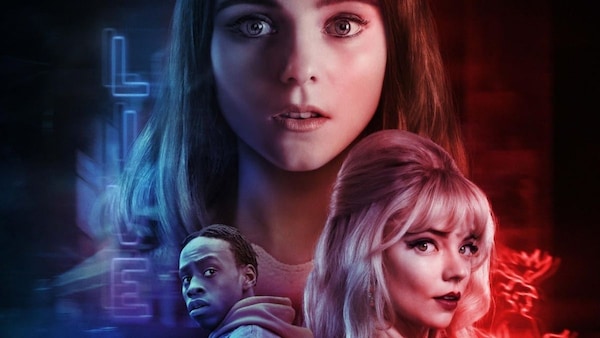
Last Updated: 12.18 AM, Mar 23, 2022
Story:
A young Eloise (Ellie), played by Thomasin McKenzie, moves to London to study fashion designing. Ellie is overwhelmed by the big city and decides to rent a bedroom owned by a friendly elderly woman (Dianna Rigg). However, ever since she moved to her new home she gets visions at night and is transported back to the swinging 60s where she walks in the shoes of an aspiring singer named Sandie (Anya-Taylor Joy). A fan of the 60s music and fashion herself, Ellie is enchanted by the visions until things take a darker turn.
Review:
There are not many filmmakers who can subvert a particular genre into a social commentary on society through humour in an exaggerated setting. His ‘Three Flavours Cornetto trilogy’, the anthology black comedy films (Shaun of the Dead, Hot Fuzz, and The World’s End) starring Simon Pegg and Nick Frost, alludes to the fact. Wright’s films are often revered for the same as well as their excellent soundtracks and unique setting. While many of the aforementioned traits are in abundance in Last Night in Soho, the film is a more earnest and darker take on 60s London. He also opted for vibrant visuals to bring out the 60s aesthetic of London, at the expense of his trademark humour.

Despite the bright colours and the engaging sound design, the film is ultimately a criticism of nostalgia and is a brutal reminder that society often looks back at certain time periods through rose-tinted glasses, blissfully ignoring the red flags. Through Thomasin McKenzie’s Ellie, the viewers are given a glimpse into the darker side of London. In fact, it almost comes to a point where it gives the impression that Wright wants his audience to loathe 60s London. The essence of his story is that, beneath the glitz and the glam, 60s London was rife with crime and violence.
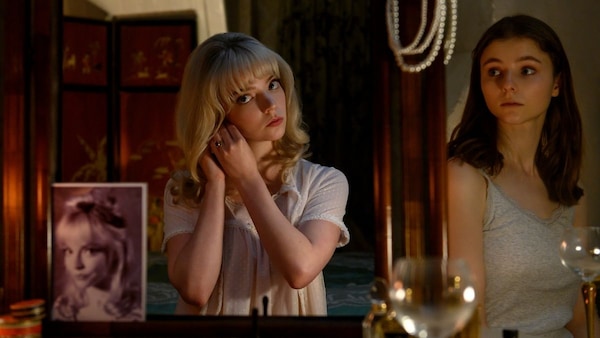
The narrative hinges on themes of nostalgia and trauma. Ellie’s trauma of losing her mother to suicide at a young age and the visions she has of her mother forces the audience to consider the possibility that her visions of the 60s and Sandie are merely hallucinations. However, as the narrative moves forward it becomes evident that her visions are trying to tell her a dark tale of abuse and murder. The pace of the narrative gathers momentum and the film soon becomes an edge-of-the-seat psychological horror thriller. Wright deserves praise for how he seamlessly transitioned multiple genres into the film.
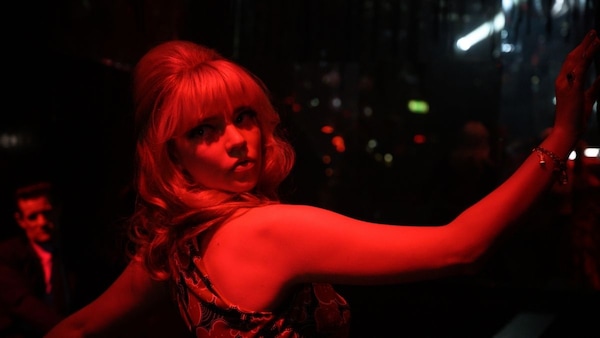
McKenzie, a Kiwi actor, essays her role with great maturity despite her relative lack of experience when compared to the rest of the cast. She also perfected the Cornwall accent with ease, a sharp contrast from her New Zealand accent. A testament to her acting prowess — mimicking an accent is something that even seasoned veterans at Hollywood find difficult to master. It is also interesting to note that Anya-Taylor Joy, an American, essayed her very English character with just the right accent. The supporting cast of Michael Ajao, Diana Rigg, Matt Smith, Sam Claflin, Terence Stamp, and Margaret Nolan essay great supporting characters. It was also Magaret Nolan and Game of Thrones star Diana Rigg’s final acting credit as they passed away in 2020.
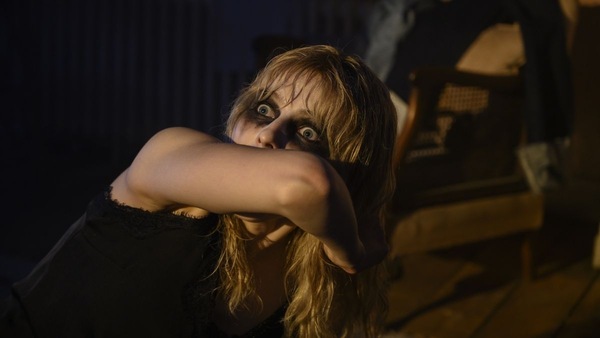
There are a few minor inconsistencies that may have derailed the film from being one of the best of the year. Ellie’s visions, for instance, are initially depicted as Sandie’s visions in first-person, however, it is later shown that Ellie is witnessing the events in third-person as the story progresses. These minor charges, along with a few others, give the impression that they were incorporated into the film for the sake of filling plot holes. But considering that the film is an amalgamation of horror and fantasy, these can largely be ignored. While the film’s antagonist can be narrowed down to a couple of characters, depending on how one interprets the narrative, there could be no argument that the primary villain of the story is the city of London itself.
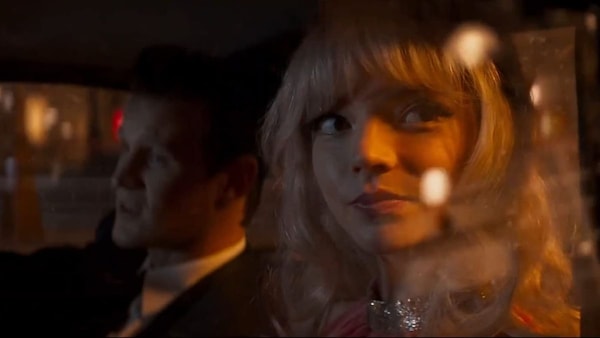
Verdict:
Edgar Wright’s antithesis to a love letter to London is a gripping genre-bending psychological horror that offers a riveting narrative, stunning visuals, and excellent sound design.
WHERE
TO WATCH
- see all
Subscribe to our newsletter for top content, delivered fast.

